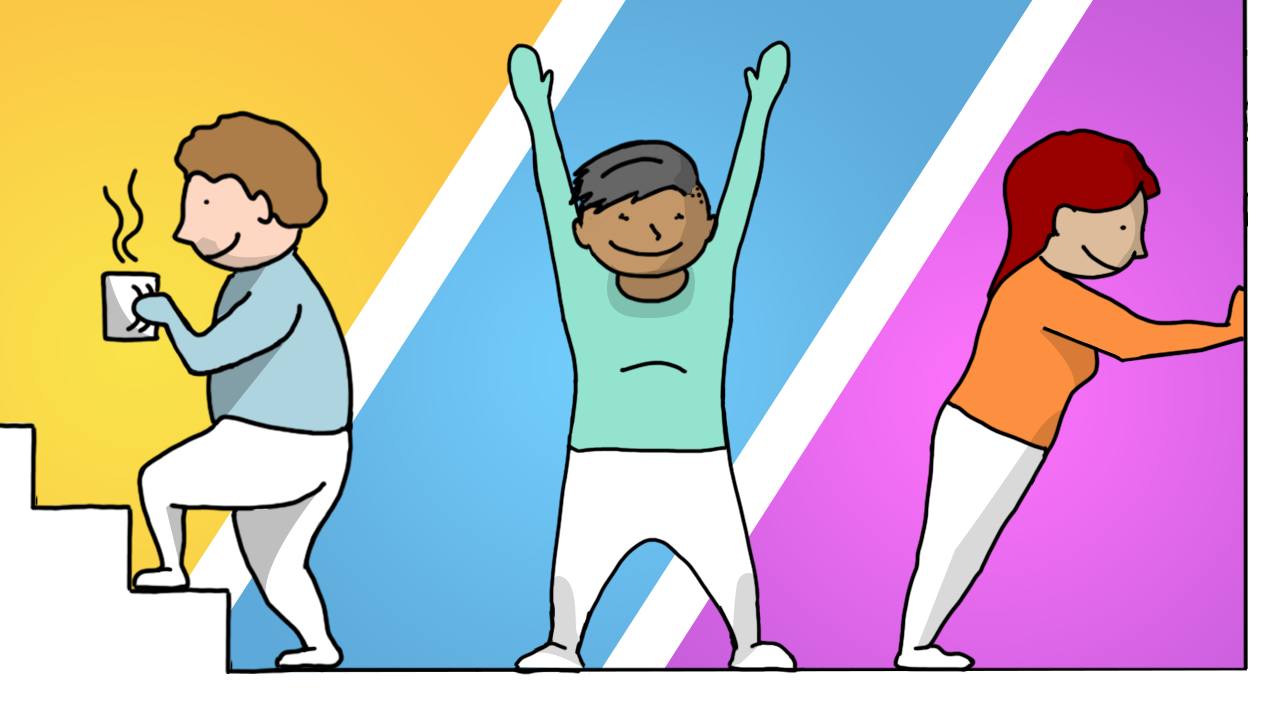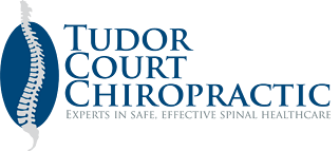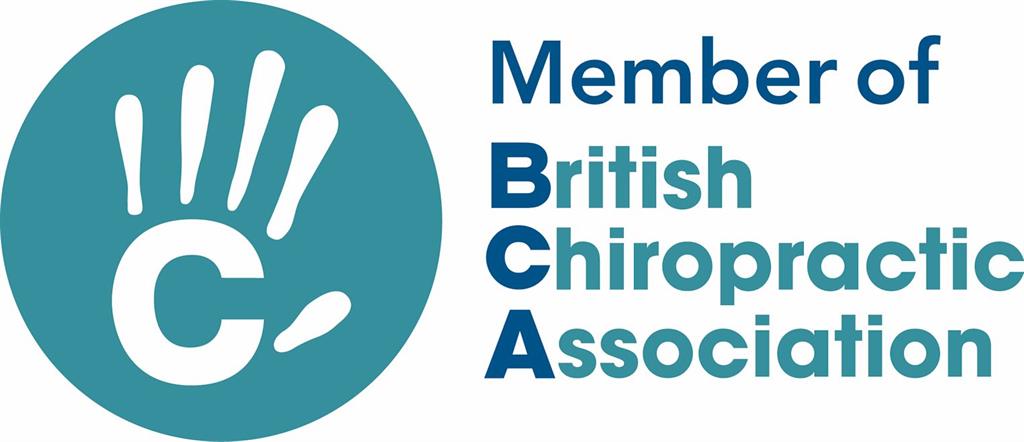
Dear patients.
I have essentially pinched this from the BBC website as it is excellent!
The original article, complete with fun pictures is here.
Kind regards
Matt
Millions of people are less physically active than they were before Covid-19. For those working from home, the morning walk to the bus stop has gone. Days on end can be spent hunched over a laptop without ever leaving the house.
For some, that's taking a painful toll.
A survey of people working remotely, by Opinium for the charity Versus Arthritis, found 81% of respondents were experiencing some back, neck or shoulder pain. Almost half (48%) said they were less physically active than before the lockdown. Another study by the Institute for Employment Studies found 35% reporting new back pain while working from home.
Physiotherapists and other back pain experts say those with serious or persistent problems should seek professional help, but there are things that many of us can do to help ourselves.
Don't just sit there
Pretty much all the experts agree that one of the best things you can do is get moving.
Don't sit in the same position for long periods.
"Make sure you take any opportunity you can to move your body," says Ashley James of the Chartered Society of Physiotherapists (CSP). "It doesn't need to be about exercise as such," he says. "It's about building movement into your day." He calls it taking "regular movement snacks".
That could be taking phone calls or joining online meetings standing up, just having a stretch or walking up and down the stairs when you don't really need to, he says. When you're moving, different muscle groups share the work of keeping your head, neck, back and the rest of your body supported, rather than continually overloading the same muscles.
Where lockdowns have restricted outside exercise to once a day, Mr James's advice is to use that daily opportunity for at least a good walk whenever you can.
Movement can help with breathing by opening up your chest, and reducing muscle atrophy. It increases blood flow and lubricates synovial joints - joints that allow free movement - like hips and shoulders.
Set an alarm
Creating a new routine to help keep you moving can be difficult, so experts suggest setting a timer on your phone or laptop to remind you to move. It's a good way to avoid getting stuck in the same position hour after hour, says neck specialist Chris Worsfold.
"We've evolved to move," he says. "We naturally want to move after about 20 or 30 minutes, so that's when you need to go and shake it about."
If you're sitting when it goes off, stand up. If you're standing, have a stretch or walk up and down the stairs.
"The key is to create a routine that works for you," says Leanne Antoine, who treats patients in Hertfordshire. "There's no point in creating a schedule that makes you feel like a failure when you don't keep to it."
So ask yourself honestly what you would be prepared to do, and stick to it. Be careful, but as long as it gets you out of the chair, stretching, walking or Zumba dancing in your living room, it doesn't matter, she says.
Sort out your workspace
"You don't need the perfect set up with a thousand pound chair, but if you're scrunched up on the sofa, it's not going to be good for your back," says Chris Martey.
Your workspace is worth some serious thought, but companies have a big interest in selling expensive equipment, so he says beware of unnecessary costs.
Leanne Antoine agrees: "Just make small tweaks that don't cost the earth."
That could be as simple as using a cushion to raise you up on your chair, or to support your lower back. An inexpensive adjustable office chair can help. A mount for your laptop will raise your screen to eye level so that you're not always looking down, particularly on long online video calls. An external keyboard is also useful.
"Talk to your employer," says Ms Antoine. Many will supply equipment to staff.
If you have to use a sofa, at least make sure your feet are firmly on the floor and you're sitting back with a cushion to support your lower back. Standing desks can be helpful, says Chris Martey. But you need to alternate between standing and sitting - and take regular screen breaks.
If you don't have a standing desk, some experts recommend standing with your laptop on an ironing board for short periods.
Get better sleep
We're in a "perfect storm" for back trouble - according to Ashley James, with Covid-19 restricting physical activity while simultaneously ramping up anxieties about health, job insecurity, children's education and more.
It's impossible to quantify but a lot of back pain is driven by anxiety, he says. In the jargon, back problems are "biopsychosocial". It doesn't help that we're now in winter - when many people experience a dip in mood.
People de-stress in all sorts of ways of course. Pilates and yoga are helpful for some.
One of the best ways is to work on getting better sleep, says Mr James. "Sleep hygiene" is the key.
That means cutting down on caffeine in the afternoon and evening, keeping to a consistent night time routine and trying to wake up at the same time every day.
The NHS advises against using electronic devices for an hour or so before you go to bed, as the light from the screen may make it more difficult for you to sleep. Light suppresses the secretion of melatonin, a hormone which helps to make you sleepy.
Many studies have suggested that blue light does this most powerfully, but some research suggests the warmer colours used in "night mode" on many devices may actually have a bigger impact.
Desk exercises
The CSP has designed some simple stretches which, if done regularly, can help ward off aches and pains. They're for people who are working remotely and find themselves sitting for long periods. The chest stretch, the leg stretch, the sit stretch and the wall press, are designed to help different muscle groups. The CSP says there is no "perfect posture" and that the priority is to keep moving.
There's a positive message here, says Chris Martey. For millions of people suffering everyday aches and pains he says: "You can take control. You can self-manage. You don't have to be dependent."
Illustration by Gerry Fletcher.


 RSS Feed
RSS Feed













